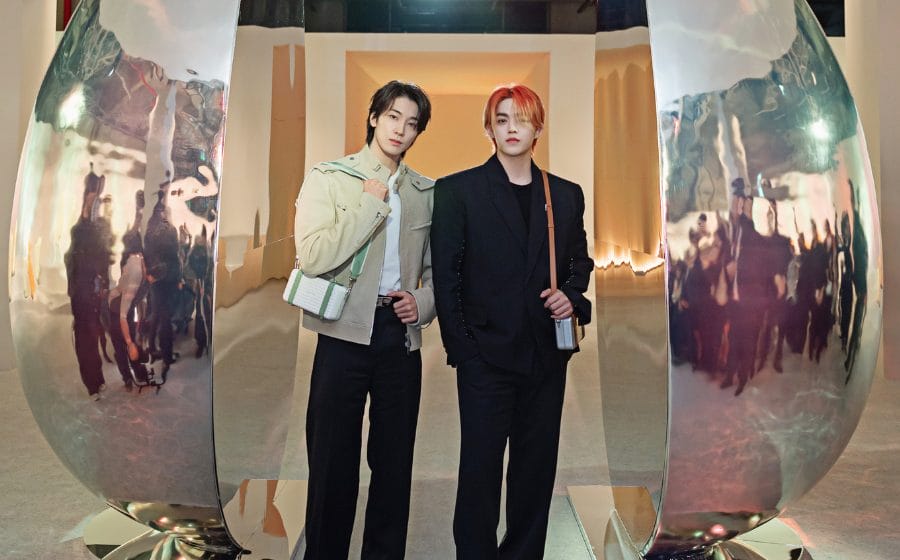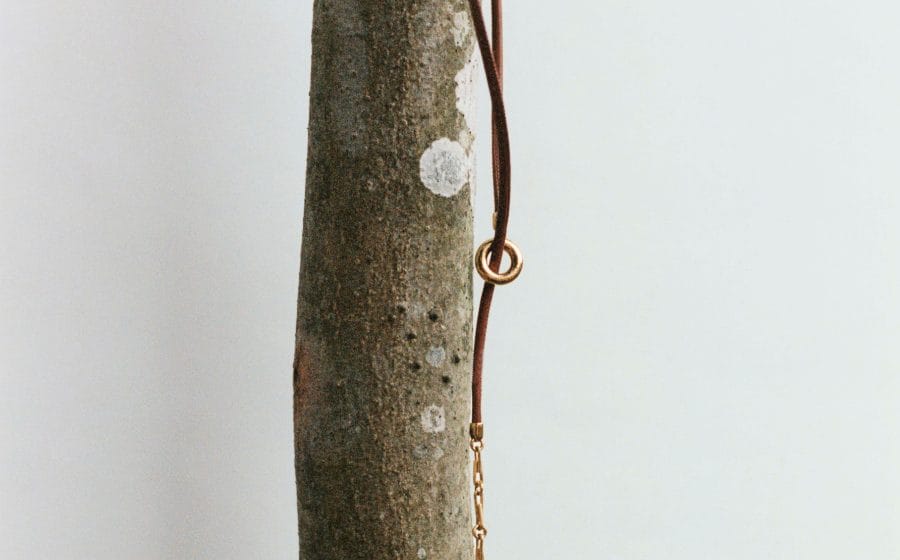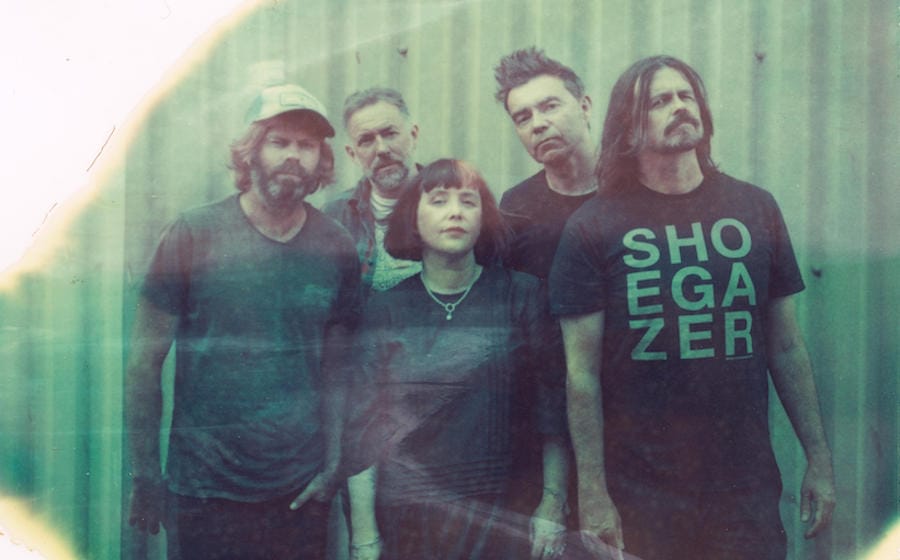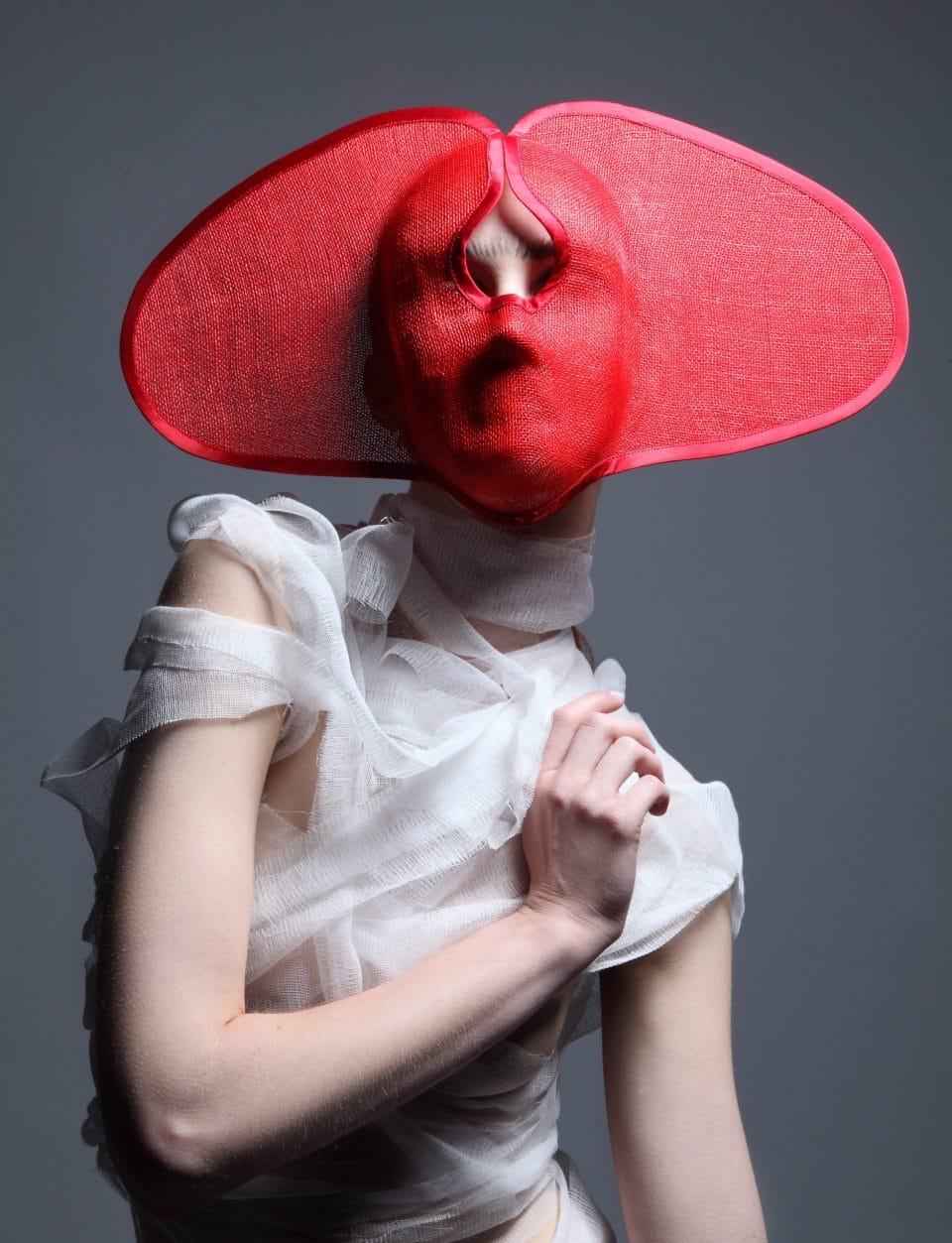 Headwear A/W 2011 by Dinu Bodiciu, Photography Christopher Burke
Headwear A/W 2011 by Dinu Bodiciu, Photography Christopher Burke
Fashion educator Dinu Bodiciu shares his insights on Singapore’s fashion industry, how time spent in Europe influenced the way he educates and his proudest creations thus far.
We noticed you have a Bachelor in Pharmacy to your name, was there a change of heart that led you to pursue something more visual — graphic design and fashion design?
That is true. I had a great passion for chemistry and medicine during high school and pharmaceutical studies came somewhere in the middle. The creative side in my life started to develop in parallel with my pharmaceutical studies and after I graduated from the five-year programme, I enrolled myself in a second degree which was a Bachelor’s in Graphic Design.
Throughout this period, I was a member of a student theatre group where I first explored costume and stage design which became the main motivation behind my shift to fashion. It all seems unrelated but I find that all these explorations strongly contribute to who I am now and how my practice developed as a dialogue between so many disciplines.
How did you find your way to Asia, more specifically Singapore, after being in Europe for most of your life?
I followed my partner. She was invited here to support the opening of a new institution and after a few months, I succeeded in my application for a lecturing position in fashion at LASALLE College of the Arts.
Describe the current state of Singapore’s fashion industry.
I find that the current state of the local fashion industry is slowly starting to expand, particularly with young and conscious labels. The notion of sustainability grew in the past years and a range of young companies that follow such principles have emerged. In terms of local production, although the range of factories in the country has decreased since the 1980s, the closeness to other manufacturing places in the region allows the industry to be situated in a great area where business can flourish.
As there is a growing interest in digital fashion that could interestingly shift the current fashion paradigms, I am looking forward to seeing how this could contribute to the growth of the local industry at a global level.
 Specimen, 2013 by Dinu Bodiciu Photography by Alexandra Boanta
Specimen, 2013 by Dinu Bodiciu Photography by Alexandra Boanta
As a fashion educator, what are some forces you notice that have a strong impact on Singapore’s fashion industry?
As I mentioned, sustainability became an important focus of the industry and it is great to see how it is embraced by young designers and small companies. As more young creatives engage in sustainable practices, this emerging trend will start to challenge the practices of larger companies that will soon bring transparency to their processes. This shift will strongly influence how we purchase and wear fashion.
I would like to mention some graduation projects from this year to give some examples of radical shifts produced by some of our students. From the perspective of textiles for fashion, Ng Jia Yi and Sarah Kelly’s astute motivation to offer alternative biodegradable materials might allow fast fashion to become disposable.
On the garment construction side is Joshua Ng’s new and innovative method of drafting garments titled “Spaghetti Cutting”. This method aims to minimise waste (almost 25% more) from industrial garment productions and offers creative alternatives for staple garments. The increasing digitalisation of the industry has enabled the young generation to situate itself at the forefront of the future of fashion.
One of our recent alumni, Reyme Bin Husaini, created the first Singaporean digital influencer, Ava Gram that aims to represent the styling interests of the local young community. This new generation of fashion designers is more concerned about how fashion production methods and processes can be revised, rather than just adding another creative layer to existing fashion problems.
Gen Zs make up the majority of your students these days. How do you constantly keep them engaged in today’s age of information where they are constantly self-learning?
That is true that the generation Z has its unique features, and knowing them enables the entire academic team to identify the best teaching models. In the Faculty of Fashion, we are always fine-tuning the teaching approaches, the projects we conduct and also the industry partnerships we bring to the classroom.
Next to this, I am utilising some of these media platforms for my own research and this is because information has became much more accessible as compared to 10 years ago. I believe that in this fast-paced digital network, you have to find your “tribe” and your own sources of novelty. Otherwise, it becomes incomprehensible.
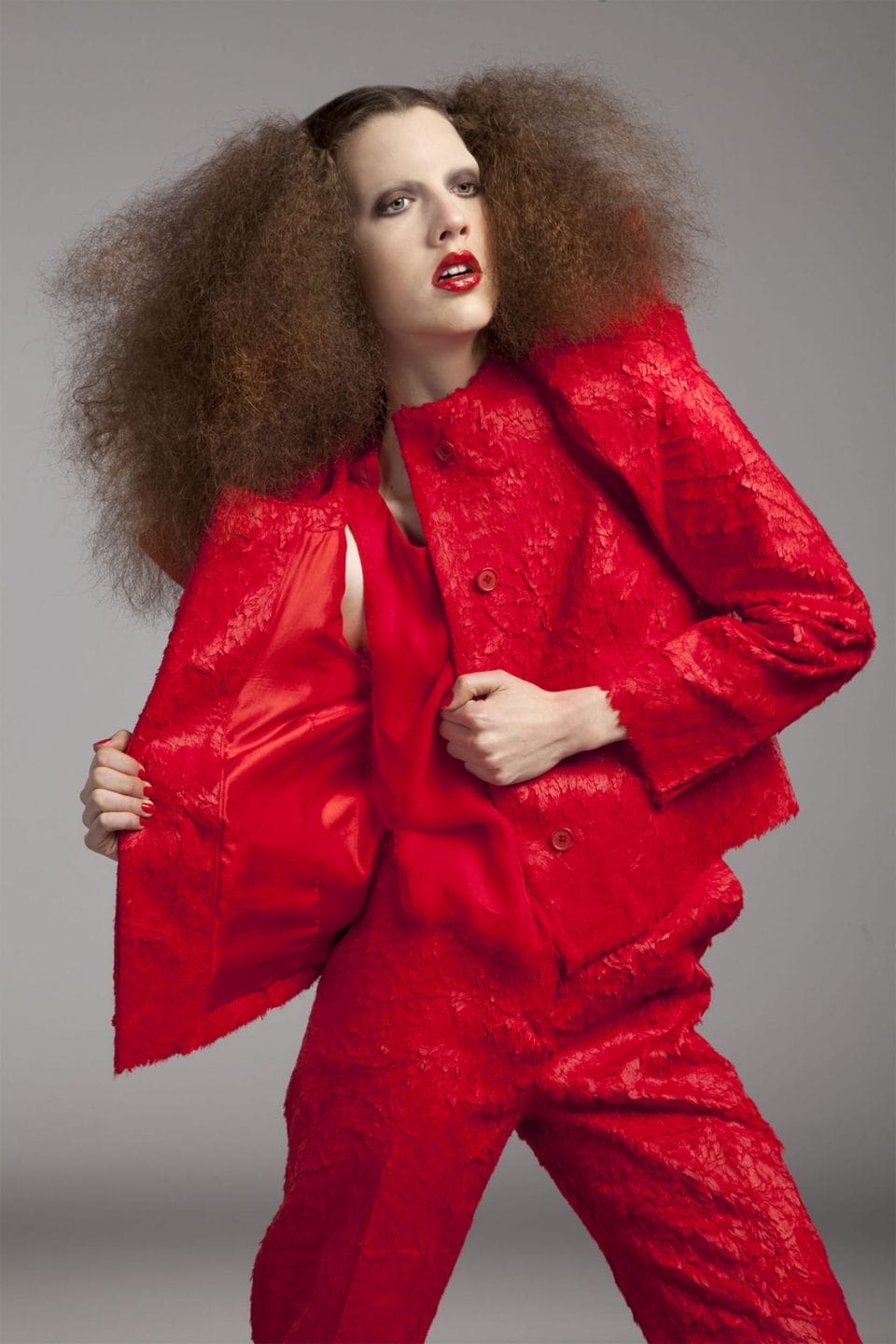 Photography by Christopher Burke
Photography by Christopher Burke
Apart from fashion education, you specialise in headwear design. What drew you to this specific aspect of fashion design?
Yes, the headwear design accompanied my garment design practice after. I wanted to accessorise the fashion line I produced for my Master’s graduation and the collaboration I initially started did not reach the desired outcome. Therefore, I started exploring making a range of face masks. It was self-taught and slowly, I discovered some of the techniques and secrets of the trade.
I focused more on this aspect of my practice following the media success of the line. Since finding the right balance between creativity and wearability in fashion is key, I developed a range of luxury baseball caps that combines established hat making techniques with new materials and methods.
I caught the attention of the memorable Colette in Paris with my first collection and being stocked there, it opened up so many other doors.
What I particularly like about this aspect of my practice (that I would call headwear design) is that it allows me to imagine and also create the final artefacts. For me, the close interaction with the material is key and it transforms the making process into a creative dialogue.
Are there any misconceptions about fashion that you hope to dispel with your works?
Maybe the biggest misconception is that fashion is a transient whim or that as a practice, it is very easy and simple which in reality is the opposite. It requires great cultural and artistic knowledge, strong technical skills and the ability to comprehend and imagine 3D perspectives of a living body in motion.
Once you’re done with this story about Dinu Bodiciu, click here to catch up with our November 2021 issue.

